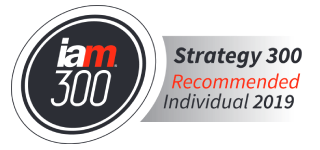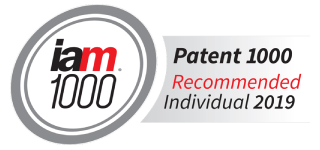Services
Practice Areas
Why SpencePC?
Clients choose SpencePC because we do outstanding work for fair compensation. Unlike our competitors, we encourage the use of alternative-fee agreements that more closely align our clients’ interests with the Firm’s interests. As a result, our clients pay only for the value they receive.
Our Philosophy
Our philosophy is simple: be outstanding and offer a unique value proposition. Hourly billing creates the wrong incentive for attorneys to work longer, not smarter. Instead, we encourage alternative-fee arrangements that reward success and efficiency. By doing so, our attorneys remain focused on obtaining the best results for our clients in the most cost-efficient manner.
Our Skills
We are attorneys who specialize in intellectual property and complex litigation. We hold science, engineering, and law degrees from the nation’s top schools. Following our education, each of us received years of additional training from prestigious, top-tier law firms. Our billing model ensures we remain focused on obtaining the best results in the most cost-efficient manner.
Associations & Accolades
2016 Patent Cases Pending Before the Supreme Court
The U.S. Supreme Court will rule on the following three patent lawsuits this term: Cuozzo Speed Technologies, LLC v. Lee ; Halo Electronics Inc. v. Pulse Electronics, Inc. ; and Stryker Corp. v. Zimmer, Inc.
Cuozzo v. Lee addresses two issues:
- Whether it is proper for the PTAB in an IPR proceeding to construe claims according to their “broadest reasonable interpretation” rather than their plain and ordinary meaning; and
- Whether the PTAB’s decision to institute an IPR proceeding is judicially reviewable.
The Supreme Court granted certiorari following a 6-5 split at the Federal Circuit.
Given the Supreme Court’s patent and agency law jurisprudence, legal analysts predict the Court will affirm the Federal Circuit’s holding—thus leaving the current IPR proceedings in tact. If, on the other hand, the Court reverses, the scope and effect of IPR proceedings would change dramatically. Oral argument in Cuozzo v. Lee is set for April 25, 2016. On a related note, Versata Development Group, Inc., in Versata v. SAP , filed a petition for writ of certiorari in March 2016, requesting the Supreme Court to address issues related to the PTAB’s covered business method review (CBM). Although the PTAB’s CBM review, not IPR review, is in question, there is a clear overlap of administrative law issues between Versata and Cuozzo. And in fact, one of the issues noted in Versata’s petition–whether the PTAB should give claim terms their “broadest reasonable interpretation”–is the same issue that will be addressed in Cuozzo.
Standard for Enhanced Damages under 35 U.S.C. § 284
The other two cases, Halo and Stryker , address the standard for enhanced damages under 35 U.S.C. § 284. The issue before the Supreme Court is whether the Federal Circuit erred in applying a two-part test for enhanced under 35 U.S.C. § 284, when the Supreme Court recently rejected a similar two-part test for attorneys’ fees under 35 U.S.C. § 284 in Octane Fitness. The Supreme Court combined Halo and Stryker , hearing oral argument on February 23, 2016 in a single, one-hour hearing.
Comparison of Willful Infringement (Enhanced Damages) and Attorneys’ Fees
The table below provides a comparison of the test for enhanced damages applied by the Federal Circuit in Halo , Stryker , and Seagate ; the test for attorneys’ fees applied by the Federal Circuit in Octane Fitness , but then overruled; and the current test for attorneys’ fees that was announced by the Supreme Court in Octane Fitness. Should the Supreme Court require a flexible standard, courts would likely see an increase in pleadings for willful infringement and enhanced damages.
The post 2016 Patent Cases Pending Before the Supreme Court appeared first on SpencePC.











